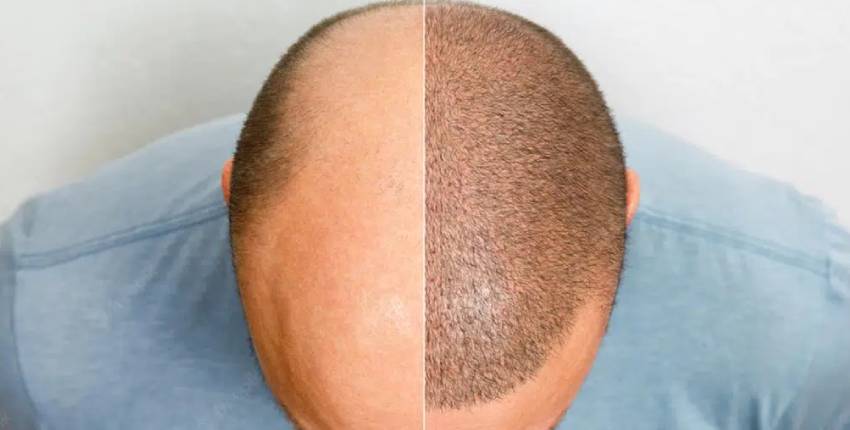- info@rejuvenaids.in
- +91 997-159-2999
Hair Transplant

A hair transplant is a surgical procedure aimed at addressing hair loss. The most common methods are Follicular Unit Transplantation (FUT) and Follicular Unit Extraction (FUE). In FUT, a strip of skin with hair follicles is taken from the donor area and transplanted to the balding region. FUE involves extracting individual follicular units directly from the donor site and implanting them into the recipient area. Both procedures are conducted under local anesthesia. Though the transplanted hair initially falls out, regrowth typically begins within a few months, leading to a permanent improvement in hair density. It's crucial for individuals considering a hair transplant to consult with a qualified surgeon to determine the most suitable approach based on their specific needs and expectations.
How It Works?
Hair transplant therapy involves surgically relocating hair follicles from a donor area to a recipient site affected by hair loss. Methods like Follicular Unit Transplantation (FUT) or Follicular Unit Extraction (FUE) are commonly used. The transplanted hair follicles continue their natural growth cycle, resulting in restored hair density over time. Consultation with a qualified surgeon is essential for personalized treatment planning.
How We Do It?
Hair transplant therapy involves surgically harvesting hair follicles from a donor site and implanting them into a bald or thinning area. The two primary techniques are Follicular Unit Transplantation (FUT) and Follicular Unit Extraction (FUE). This outpatient procedure, performed under local anesthesia, provides a long-term solution for hair restoration.
What To Do After The Procedure?
Following a hair transplant, patients may experience mild swelling and discomfort, which usually subside within a few days. It’s common for the transplanted hair to shed initially, but regrowth begins within a few months, leading to natural-looking results. Post-procedure care often involves gentle cleansing, avoiding strenuous activities, and following the surgeon’s specific instructions for optimal healing.

Quick Links
Contact Information
- +91 9971592999
- info@rejuvenaids.in
- 1st Floor, Property No.3, (Above Fabindia) Sector 12 A, Dwarka, New Delhi-110075.
- Copyright 2024 Rejuvenaids. All Rights Reserved.







